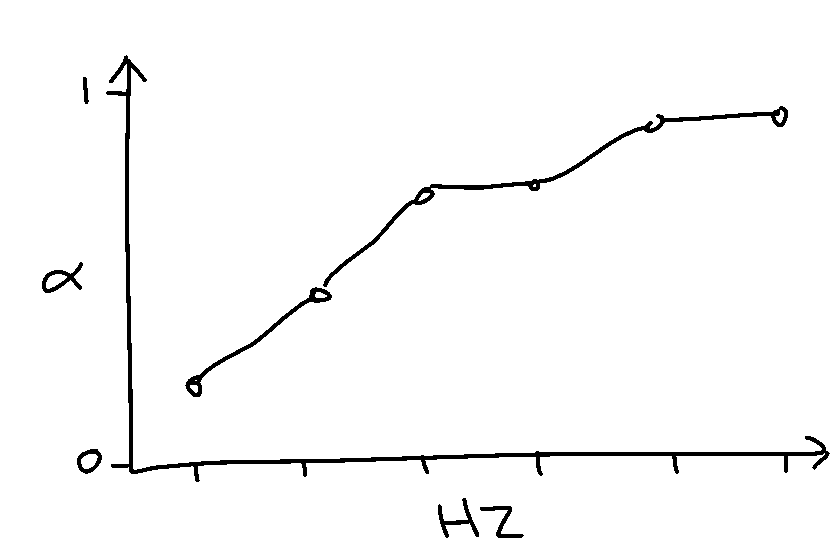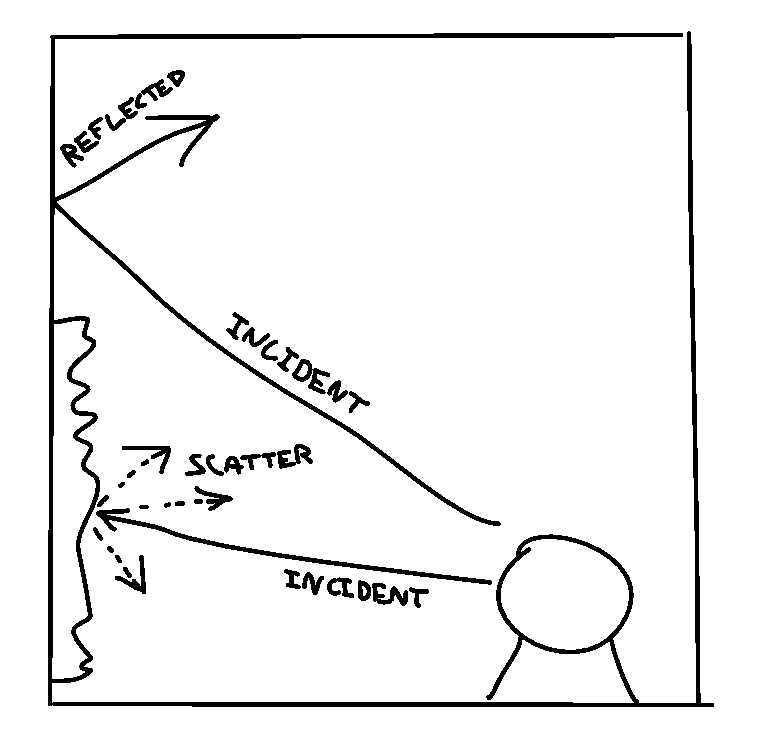Reveberation time, Reflection and scattering
Reverberation Time, Sound Absorption, Reflection, and Scattering! In this section, we will explore these fundamental concepts related to the behavior of sound in various environments. Whether you are an acoustic enthusiast, a sound engineer, or simply curious about how sound interacts with different surfaces, this information will provide you with a solid understanding of these important aspects.
- Reverberation Time: Reverberation time refers to the duration it takes for sound to decay in a given space after the sound source has stopped. It is a crucial factor in determining the acoustic characteristics of a room or an enclosed area. Longer reverberation times result in a more “live” or echo-prone environment, while shorter times create a more “dead” or absorptive space. Understanding reverberation time is vital in architectural acoustics, concert hall design, and even recording studios.

Reveberation time, a factor that explains how long it takes for sound energy to drop 60 dB in an enclosure.
Usually, rooms with many hard flat surfaces (like concrete) will have a long reverberation time, as it takes the a relatively long time for the sound energy to drop 60 dB. This is because hard and flat surfaces have a low sound absorption coefficient, and therefore allows the sound waves to reflect off the surfaces with minimal energy loss.
- Sound Absorption: Sound absorption involves the process of reducing the reflection of sound waves from surfaces. Materials with high sound absorption coefficients are effective in minimizing the amount of sound energy reflected back into the room. Absorptive materials, such as acoustic panels, foams, diffusers, or specialized fabric, are strategically placed to control excessive reverberation and enhance speech intelligibility, music clarity, and overall sound quality within a given space.

Sound Absorption coefficient denoted with the greek letter “α” (alpha) A single value for determining the sound absorption abilities of a material. The value ranges from 0 which means zero sound absorption, and 1 which means 100% sound absorption.
- Reflection: Reflection occurs when sound waves encounter a surface and bounce off it, potentially reaching our ears as echoes or reverberation. The nature of the surface affects the behavior of the reflected sound. Smooth, hard surfaces like glass or concrete tend to reflect sound more efficiently, while soft, porous materials like carpets or drapes absorb sound energy, reducing the reflection. Understanding how different surfaces impact sound reflection is key to optimizing acoustics in architectural design or creating optimal recording environments
- Scattering: Scattering refers to the random redirection of sound waves when they encounter irregular surfaces or objects. Unlike reflection, where sound waves bounce off a surface at a specific angle, scattering causes sound to disperse in various directions. This phenomenon helps to break up focused sound reflections and can contribute to a more diffuse and pleasant acoustic environment. Diffusers are specialized acoustic treatments designed to scatter sound and improve spatial perception, sound imaging, and clarity.

Reflection and scattering are 2 very important factors in room acoustics. Reflection mostly happens on solid surfaces and is determined by the incoming angle of the incident sound wave relative to the normal of the surface. On a completely flat surface, the incoming angle of the incident sound wave will approximately have the same angle of the reflected sound wave.
Scattering means that the surface is rough, and will introduce random angles of the reflected sound wave. (depending on the roughness). The scattering is depending on the wavelength of the sound wave. Meaning that lower frequencies, since they have a longer wavelength, will be less impacted of small roughness (like picture frames and window indentations) where as a shorter wavelength will be more impacted by this kind of surface roughness.
By grasping the concepts of reverberation time, sound absorption, reflection, and scattering, you will be equipped to make informed decisions regarding room acoustics, soundproofing, or optimizing the sound quality in any given space. Whether you’re designing a concert hall, setting up a home theater, or simply want to create a more pleasant listening experience, these principles will guide you in achieving the desired acoustic environment.